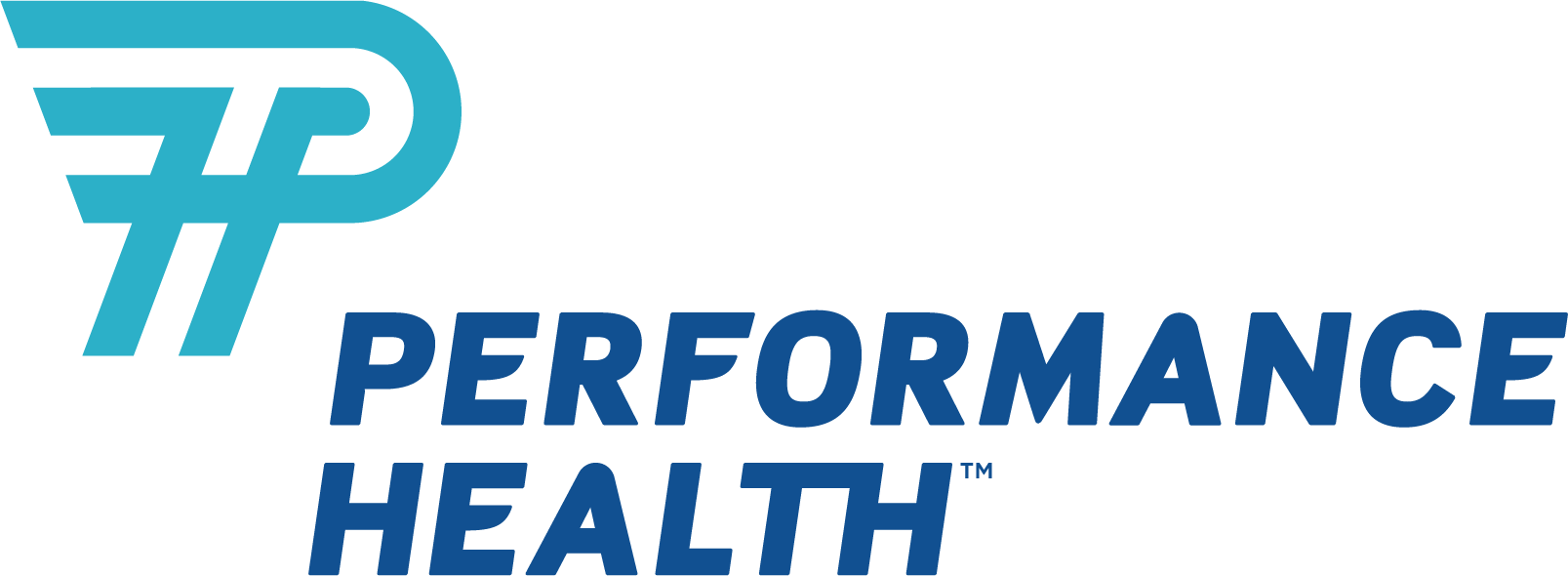4 Undeniable Benefits of Prehabilitation:
Prehab Praise (Part 1)


"I use the analogy that people wouldn't run a marathon without training for it," says Performance Health Scientific Advisory Committee member Tony Brosky, PT, DHS, SCS. Last month, Brosky was featured in an article from the American Physical Therapy Association (APTA) covering the importance of prehabilitation of patients, specifically those undergoing cancer treatments and orthopedic operations. Physical therapists who engage patients in ‘prehab’ activities are actively working to enhance outcomes post-treatment, and their efforts are definitely paying off in a number of ways.
The Benefits of Prehabilitation
The article pointed out multiple reasons why participating in prehab activities can help patients maximize healing, strength and overall recovery:
- Prehabilitation is patient education. “Patients are educated on their specific impairments and functional deficits, so they can begin to work on those deficits prior to surgery.”
- Prehabilitation boosts recovery after surgery and treatments. "Because patients know from their education that the new joint is stable, they quickly begin the early-activation process of movement that helps reduce swelling, initiates muscle contraction, increases range of motion, and reduces pain."
- Prehabilitation is a baseline. "Knowing the patient's range of motion, strength and function preoperatively, through clinical examination and direct observation, allows the patient and physical therapist to more accurately set realistic postoperative goals."
- Prehabilitation gives cancer patients power. “Prehab affords a sense of control at a time in their life when they otherwise may feel helpless and overwhelmed. They're taking an active role in their treatment which makes them feel more positive about their experience.”
Follow us on Twitter and Facebook to stay tuned!







 US
US France
France Australia
Australia

